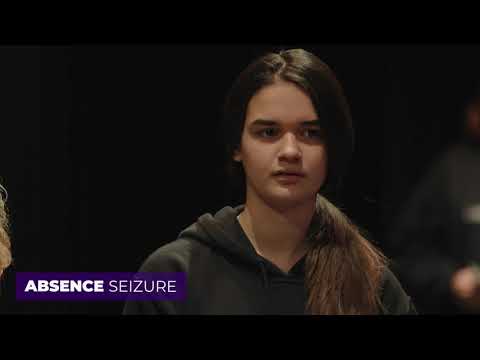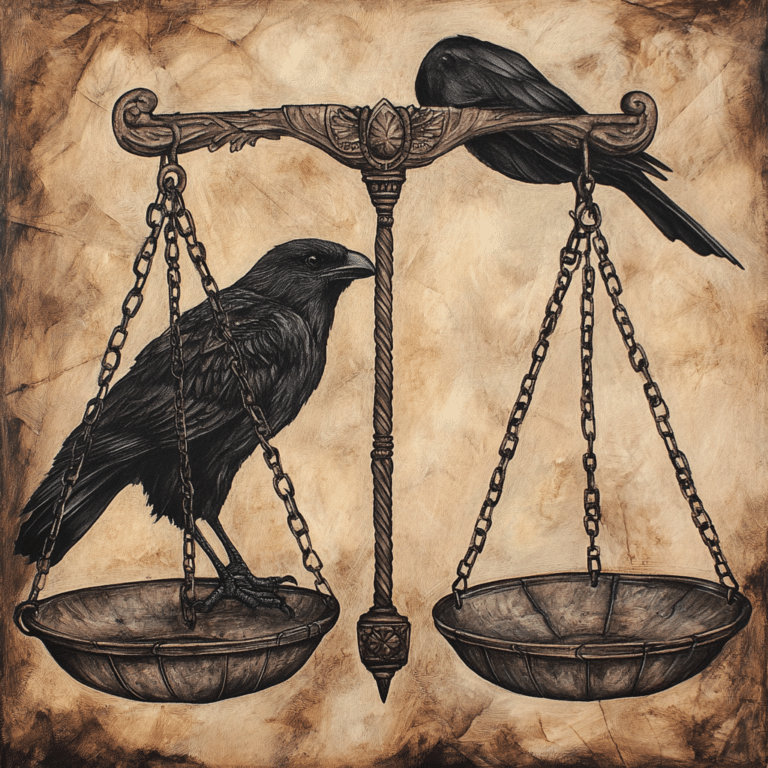
Understanding Petit Mal Seizure: The Overlooked Impact on Daily Life
Let’s dive into the often-misunderstood condition known as a petit mal seizure. These little hiccups in brain activity, medically referred to as absence seizures, may not appear severe, but they pack a punch when it comes to daily life. A petit mal seizure can last from a few seconds to half a minute, during which a person may seem to zone out, staring blankly into space. Most of the time, they happen in childhood and can carry on into adulthood. Knowing how these seizures work—like the brain’s electrical waves and genetic factors—can help in figuring out effective management strategies.
Despite being less dramatic than some other seizure types, the emotional and social challenges posed by petit mal seizures can be significant. Kids might not even realize they’re having these seizures. They can come and go, leaving educational gaps that can be frustrating for both the child and their teachers. This condition can shake up one’s daily routine, and it’s time we shine a light on how they affect individuals’ lives.

1. What is a Petit Mal Seizure?
So, what exactly is a petit mal seizure? Picture this: you’re in class, daydreaming, and suddenly you blink out for a moment. You’ve just experienced an absence seizure. It’s like hitting the pause button on life. During these brain spikes, a person typically doesn’t lose consciousness or have any jerking movements, making it easy to overlook. Nevertheless, they can lead to missed opportunities in both learning and social connections.
Given their transient nature, recognizing a petit mal seizure can be tricky for both the person experiencing it and those around them. It’s often misidentified as simple daydreaming or lack of focus. But those few seconds lost can add up over time, creating gaps in memory and learning. Understanding how these seizures operate at a neurological level is vital for adopting effective coping strategies to get through life as smoothly as possible.

2. Top 7 Ways Petit Mal Seizures Affect Daily Life
Living with a petit mal seizure disrupts multiple areas of life, including education, relationships, and emotions. Let’s explore how this condition can disrupt an otherwise productive life.
2.1 Impact on Education
Education can turn into a real battle zone for kids with petit mal seizures. Their concentration may waver, leading to slips in academic performance. Teachers, often unaware of what’s happening, might mistake seizure episodes for daydreaming. This misunderstanding can result in punitive measures when the issue is, in fact, a neurological one.
Consider a child trying to ace a test but missing key information due to absent moments. Implementing educational accommodations is crucial—think extra time on assignments or allowing a quiet room for exams. Open channels for discussion between parents and teachers can lead to better support in the classroom, helping these children reach their full potential.
2.2 Social Interactions and Relationships
Social scenarios can morph into a minefield. Imagine only half-engaging in conversations or activities because a petit mal seizure could strike at any moment. This unpredictability can lead to heightened anxiety, making social outings feel more like a chore than a delight.
Individuals may start to shy away from gatherings, fearing the embarrassment of zoning out among friends. Thankfully, community support groups offer a safe space for emotional sharing and understanding. Being around people who get it can lift the weight off one’s shoulders and rekindle the joy of social interactions.
2.3 Employment Challenges
When it comes to the workforce, a petit mal seizure can complicate job performance. Jobs requiring intense focus or precision—like operating heavy machinery—add layers of complexity and risk. If an employee has an absence seizure during a crucial task, the stakes can be high, not just for them but for their coworkers as well.
Employers can explore flexible environments that accommodate employees managing this condition. Supporting workers with small adjustments can create not just a more inclusive atmosphere but a more productive one, allowing individuals to showcase their true capabilities.
2.4 Daily Activities and Independence
The unpredictability of petit mal seizures can put a damper on daily activities. Driving could become a nerve-wracking experience; cooking, too, may involve heightened risks. One minute you’re chopping veggies, and the next, you’ve zoned out, forgetting there was food sizzling on the stove! Safety becomes paramount, and utilizing assistive technologies can help ensure minimal accidents.
With such practical concerns, finding solutions while enhancing independence is critical. Simplifying routines or engaging family and friends for help when necessary can make a world of difference.
2.5 Emotional and Psychological Effects
Let’s be real for a second—living with any chronic condition can take a toll on emotional well-being. Anxiety and depression can creep in when dealing with the unpredictability of seizures. Fear of having an episode in social or professional settings can amplify these feelings.
Therapeutic interventions play a significant role here. Combining cognitive behavioral strategies with medications like Indocin may help manage symptoms of anxiety or related inflammatory issues. A holistic approach could ultimately pave the way toward a more fulfilling life.
2.6 Nutritional Considerations
What about nutrition? Research shows a connection between diet and seizure management. Foods boasting healthy fats, like those you’d find in Vita Coco, may foster brain health. On the flip side, unhealthy eating habits can worsen symptoms—so it’s time to ditch the junk and load up on nutritious meals.
Explore options like camote (sweet potato) and annatto for their rich nutrient profiles. A structured, nutritious diet may help stabilize brain activity and reduce seizure frequency.
2.7 The Role of Medical Support
Let’s not forget about medical support! Regular check-ups with specialists, like a GI doctor for digestive concerns or a dermatologist for skin conditions like nevi, are crucial. Staying proactive about health helps address the broader repercussions of living with seizures.
A multi-faceted support system is key. Consulting regularly with medical professionals gives individuals a leg to stand on when tackling various health concerns, making life a bit more manageable.

3. Exploring Treatments: Beyond Medications
When it comes to managing petit mal seizures, medications are just one piece of the puzzle. While traditional anti-seizure meds do their thing, many are venturing into alternative treatments.

A New Perspective on Living with Petit Mal Seizures
Living with petit mal seizures involves navigating a host of challenges. It’s much more than the neurological events; it touches on emotional, social, and practical aspects of daily life. With awareness and supportive networks, individuals can achieve fulfilling lives.
Embracing alternative treatments, dietary adjustments, and community support can blur the lines of traditional care, ensuring a fighting spirit. As we become more understanding and adaptive, those living with petit mal seizures can continue making gains in life—just like we do in the gym—growing stronger, more resilient, and ever more focused on their ultimate goals.
Life throws challenges our way, but facing them head-on is what molds us into the champions we aspire to be! So let’s keep the fire burning and push through, knowing we’re not alone on this journey.
Petit Mal Seizure: Fun Trivia and Interesting Facts
The Basics Beyond the Seizure
A petit mal seizure, or absence seizure, may only last a few seconds, but it can pack quite a punch in terms of impact and mystery. These brief episodes can often go unnoticed, slipping under the radar like a whisper in the wind. Interestingly, despite their subtlety, they show a higher prevalence in children, affecting about 3% of the population. Just like the intriguing details about Frankie kazarian’s journey in wrestling, many families navigate the challenges of living with these seizures, trying to figure out the best ways to support their loved ones.
Not All Brainwaves Are Alike
Did you know that during a petit mal seizure, brain activity takes on a unique, rhythmic pattern? This might seem like a trivial fact, but it can massively affect how someone interacts with their environment. Imagine trying to focus in a classroom while your brain is temporarily tuning out the lesson! It’s a bit like dealing with Karely, a social media personality who balances her time between her online presence and real life. Just as she juggles those worlds, individuals with petit mal seizures often grapple with managing their daily tasks, leading to a mix of bright and challenging moments.
Health and Lifestyle Connections
What’s fascinating is how lifestyle changes can intertwine with managing peti mal seizures, much like the discussions surrounding intermittent fasting and heart disease. Research suggests that a holistic approach, addressing everything from diet to sleep, might play a significant role in seizure management. Many individuals explore various methods of coping, ensuring they’re keeping their personal well-being in check. Also, speaking of fascinating facts, some medications to control seizures address other health issues like lentigo, showing just how interconnected our health can be.
In a world with so many complexities and stories to share, understanding petit mal seizures becomes crucial not just for those affected but also for their families and friends. With a little focus, just like navigating through a movie list like Austin Butler’s movies and TV shows, anyone can learn how this condition fits into the larger tapestry of daily life.



























